New Gym Layout, New Gym Challenges!
Very few things in life are immutable. Here at Rochester Parkour, we’re proud to have created an environment that represents the ephemeral nature of life – things evolve, adapt, and inevitably change.
Two week ago the gym underwent another major layout redesign in time for our Summer Camps:


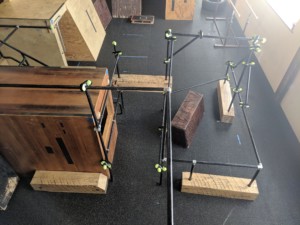
We’ve begun the process of creating and adding new challenges to project during Open Gym. For those of you missed our last blog post about our new workout features, click here to learn about it!
As is still the case, you’ll need to head over to our ZenPlanner site via a Mobile Browser in order for the Instagram links to work. The ZenPlanner url is listed below:
https://rochesterparkour.zenplanner.com
Once there, hit the “Workouts” button and then click on the day of the Open Gym to be presented with this page:

The first section you’ll see will be generic recommendations on how to spend your time during Open Gym.
This section will change semi-frequently, but it’s possible that it will be the same from one day to the next.
This section will typically have no tracking features and is basically just word text to help guide and inspire you to be creative and move on your own, however, any time you see an exercise that is bolded, it means that this exercise exists in our database and progress, reps, or scores can be tracked for them.

The second section will be where all of our challenges will be housed.
These challenges have been curated by RocPK as fun, interesting, or particularly challenging feats that are great ways to hone various skills or track progress and proficiency.
Challenges will always be accompanied by a short video that can be accessed by clicking on the blue title.
Nearly every challenge will have a full-speed view as well as a slow motion view to help you better comprehend what is involved in the challenge.
Submit Your Own Challenges!
Students may absolutely submit their own challenges to us!
Take a short video (landscape view, as little camera pan as possible, and ideally 60 frames per second or more if possible) of you completing a short challenge that isn’t already listed.
Rules for submission:
- May only use permanent layout features of the new layout (e.g. no vault boxes, balance bars, or other piece of equipment that would need to be moved or set up)
- Combination tasks will be considered as Challenges (e.g. Jump to Cat, Underbar to Precision, or Jump to Lache to Cat)
- Sequence patterns incorporating 3 or more movements/skills will be considered as Movement Lines and will be given a number, if approved by RocPK
- Movement Line submissions must be less than 8 moves long
- Climbing challenges may be submitted so long as they can be completed in 30 seconds or less and stay in only one gym zone (e.g. a climbing course that uses the Tunnel and the new bar cage may be accepted, while a climbing course that starts at the Tunnel and continues all the way to the Rock or then to the City may be denied as it takes up too much space)
If you want to submit a challenge or movement line, find the Open Gym Supervisor and ask them to either help you video it or ask how to go about getting it in our hands so we can review it and post it.


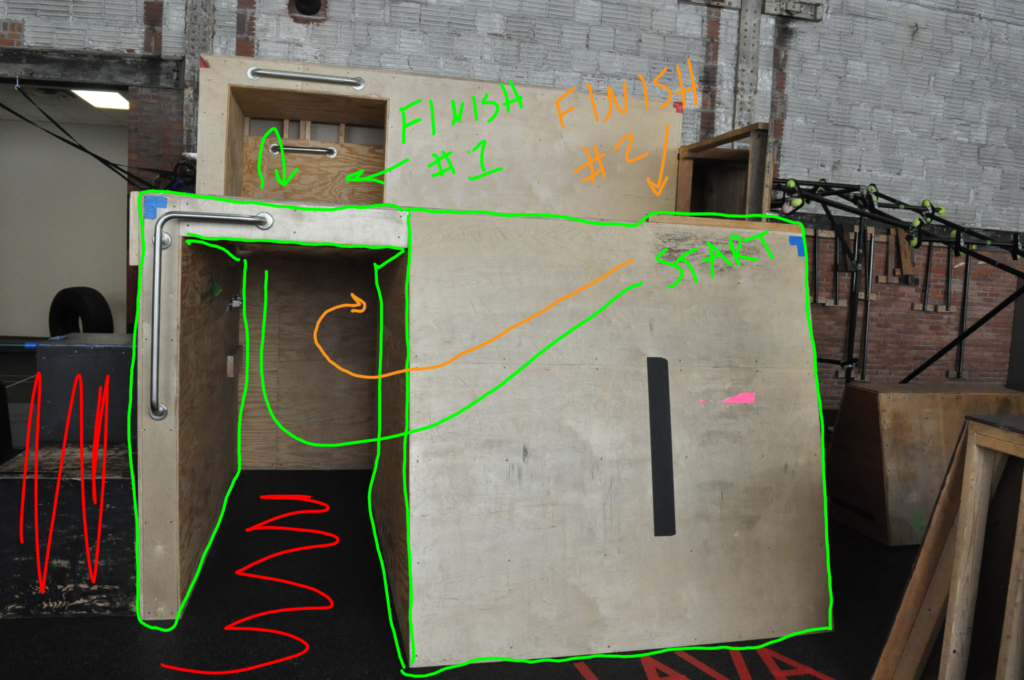
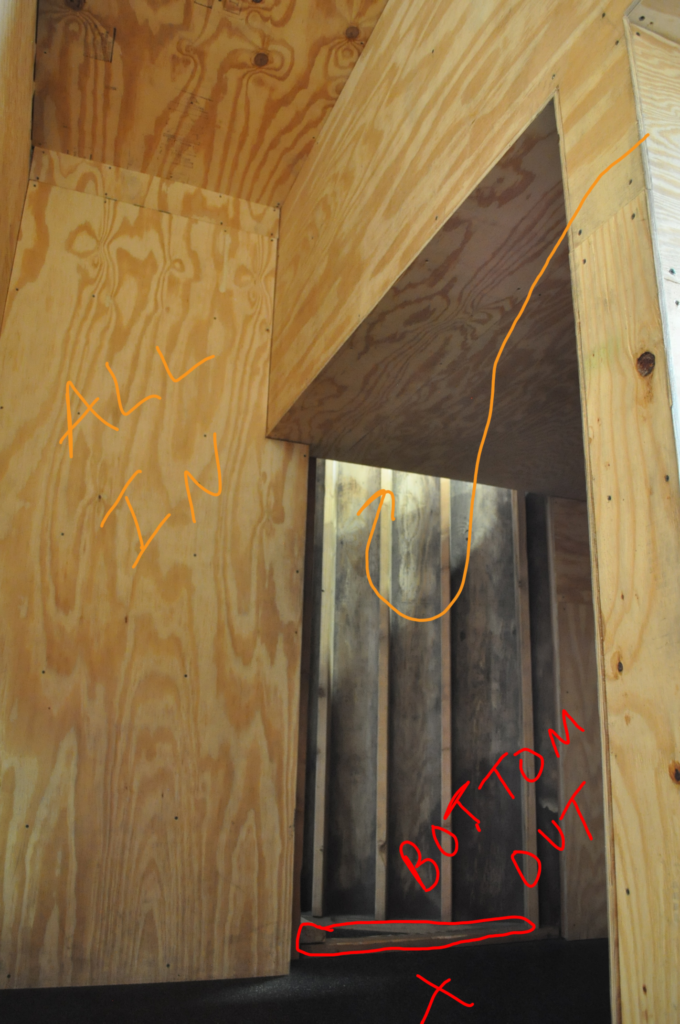
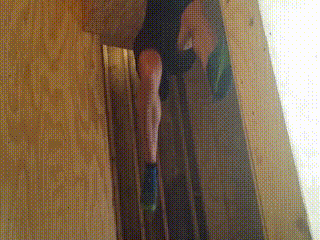
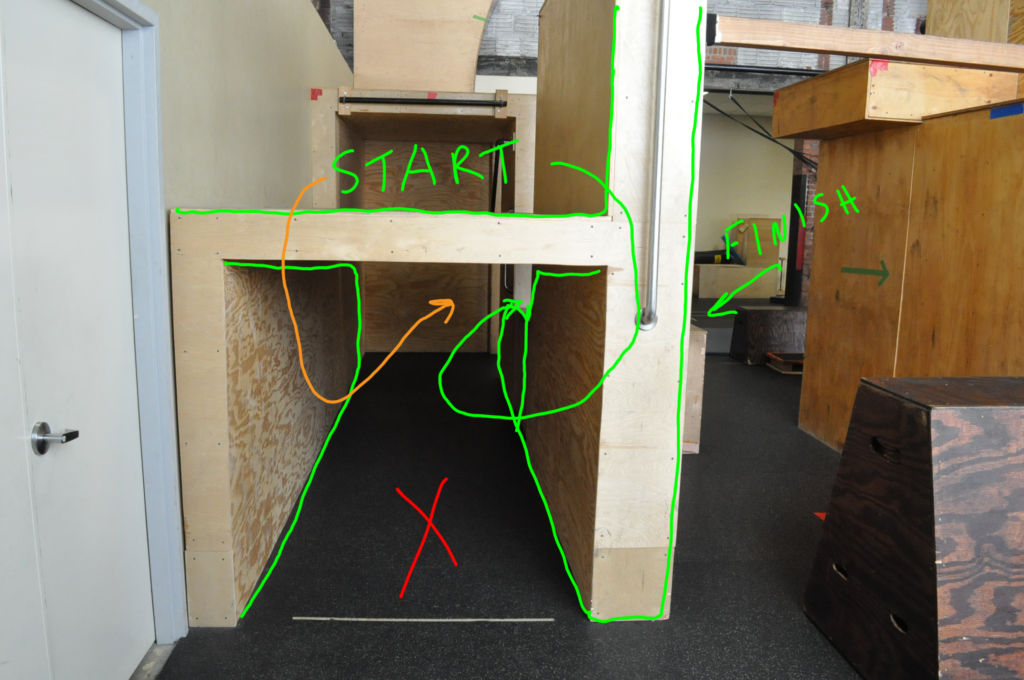
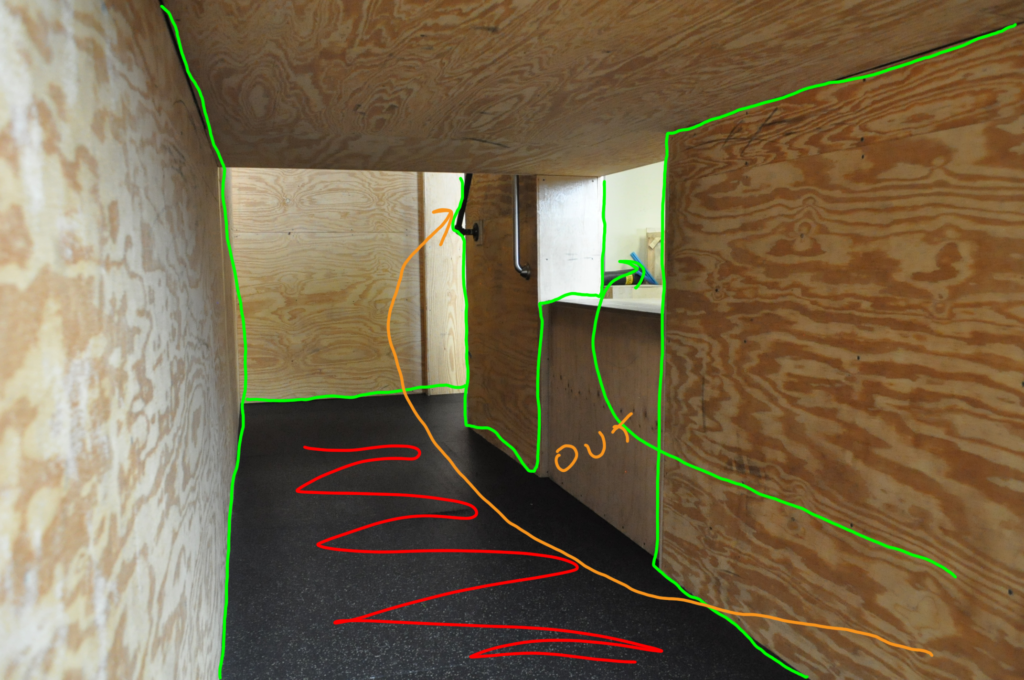
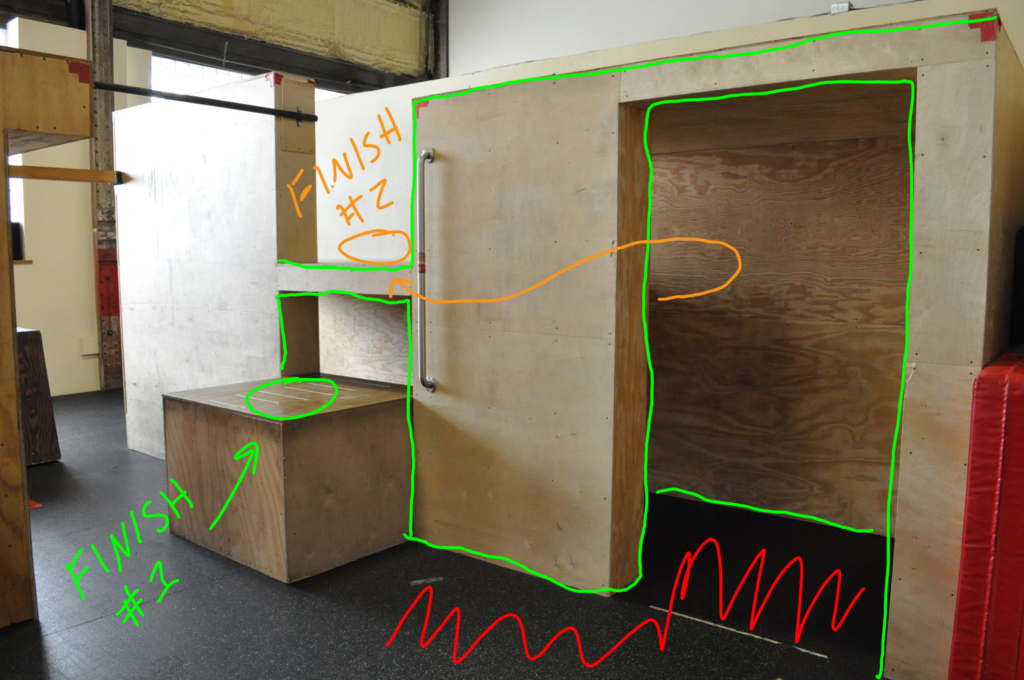
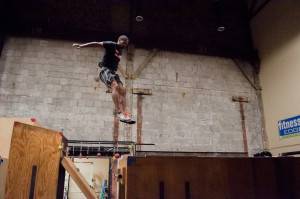
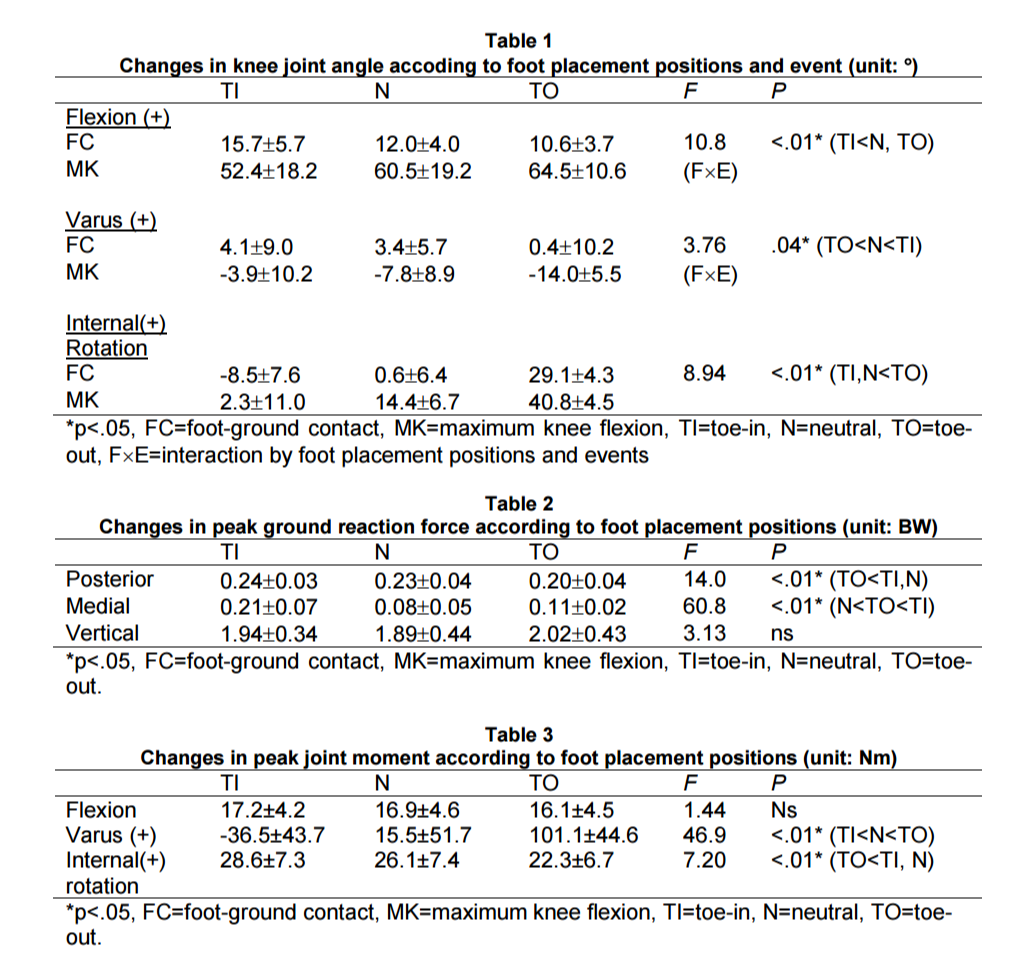
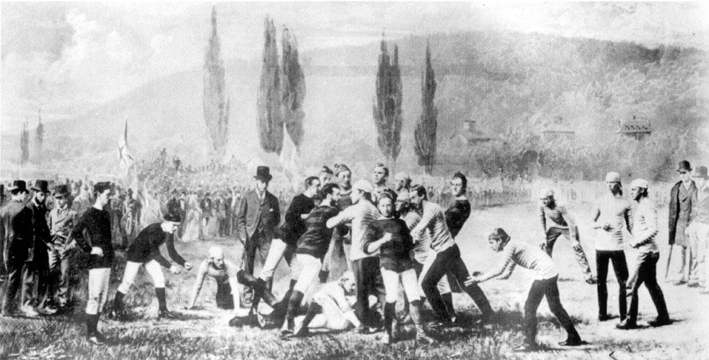


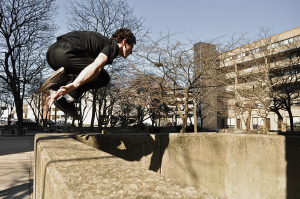




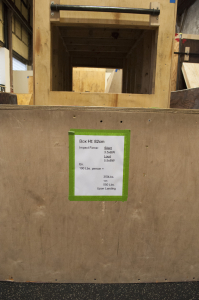
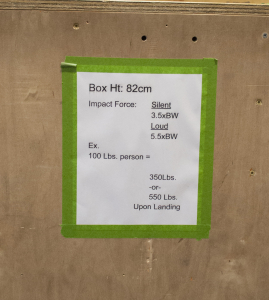
 “We know now that there is ‘method to our madness’ so to speak; parkour landings are safer for us to perform than traditional methods, but they’re unlikely to make us impervious to the potential consequences of sustained drops onto concrete. It’s important for the global parkour community – especially coaches, figureheads and organisations – to get behind this discussion and ensure that our mentoring practices and the language we use fits the situation at hand, because after all, we don’t yet know the truth about the long term affects of our landings.”
“We know now that there is ‘method to our madness’ so to speak; parkour landings are safer for us to perform than traditional methods, but they’re unlikely to make us impervious to the potential consequences of sustained drops onto concrete. It’s important for the global parkour community – especially coaches, figureheads and organisations – to get behind this discussion and ensure that our mentoring practices and the language we use fits the situation at hand, because after all, we don’t yet know the truth about the long term affects of our landings.”